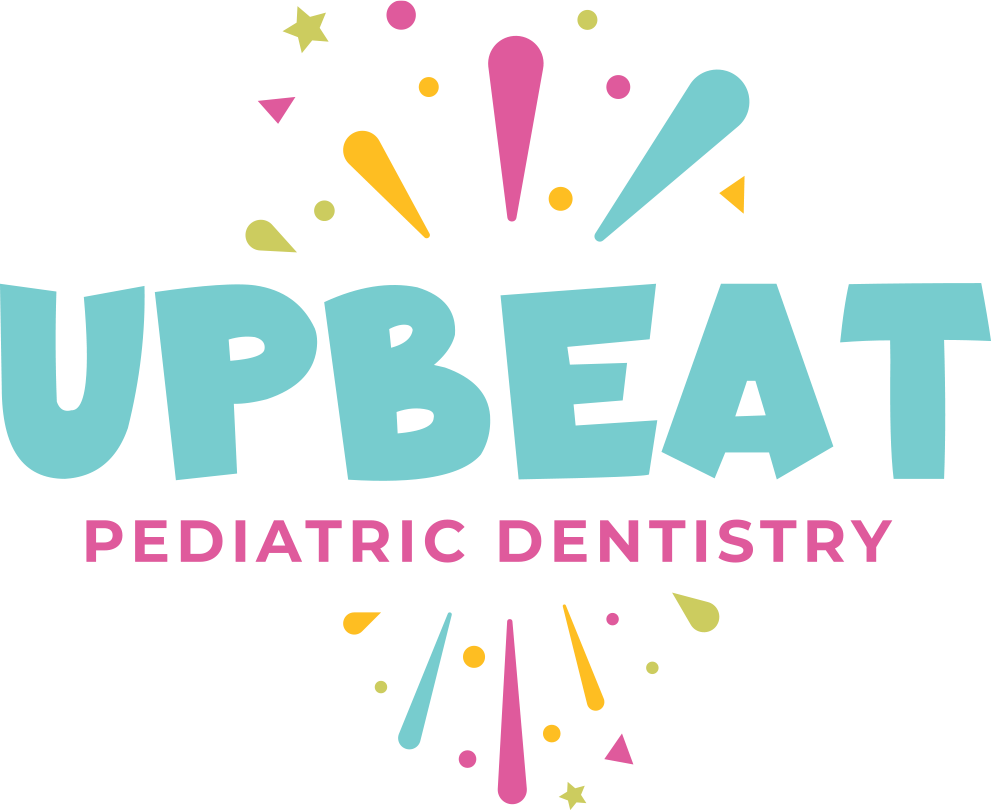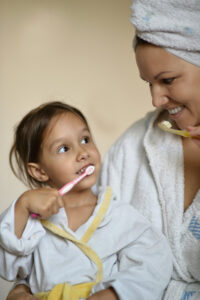As parents, we want to ensure that our children maintain good oral hygiene habits from a young age to set them up for a lifetime of healthy smiles.
One essential aspect of oral care is knowing when to change your child’s toothbrush.
In this blog post, we’ll explore the importance of regular toothbrush replacement and provide guidelines on how often you should change your child’s toothbrush.
Bacterial Buildup
Over time, toothbrushes accumulate bacteria, food particles, and other debris from the mouth.
Even with regular rinsing, it’s challenging to completely remove these contaminants, especially in the bristles and along the base of the toothbrush head.
As a result, using the same toothbrush for an extended period can reintroduce bacteria into the mouth, potentially leading to oral health issues such as cavities, gum disease, and bad breath.
Frayed and Worn Bristles
Another factor to consider is the condition of the toothbrush bristles.
With regular use, the bristles of a toothbrush can become frayed, bent, or worn down, diminishing their effectiveness in removing plaque and food particles from the teeth and gums.
When bristles lose their shape and resilience, they are less efficient at cleaning and may even cause irritation to the gums or enamel abrasion.
Recommended Guidelines
So, how often should you change your child’s toothbrush?
The American Dental Association (ADA) recommends replacing toothbrushes every three to four months, or sooner if the bristles become frayed or worn.
However, for children, there are additional considerations that may warrant more frequent toothbrush replacement.
Children’s Toothbrush Considerations
Children tend to brush with more enthusiasm and less precision than adults, which can lead to faster wear and tear on their toothbrushes.
Additionally, children’s toothbrushes often have smaller heads and softer bristles compared to adult toothbrushes, making them more susceptible to damage over time.
As a result, it’s a good idea to inspect your child’s toothbrush regularly and replace it as needed, even if it hasn’t been three months yet.
Special Circumstances
Certain circumstances may also warrant more frequent toothbrush replacement for children.
For example, if your child has been sick with a cold, flu, or other contagious illness, it’s essential to replace their toothbrush once they have recovered to prevent the spread of germs.
Similarly, if your child has a compromised immune system or a history of oral health issues, you may want to err on the side of caution and replace their toothbrush more frequently to minimize the risk of bacterial contamination.
Conclusion
Regular toothbrush replacement is crucial for maintaining optimal oral hygiene and protecting your child’s dental health.
By following the recommended guidelines for toothbrush replacement and paying attention to the condition of your child’s toothbrush, you can ensure that they receive the most effective cleaning possible and reduce the risk of oral health problems down the road.
So, next time you reach for a new toothbrush for your child, remember that you’re not just changing a brush – you’re investing in their smile and overall well-being.







